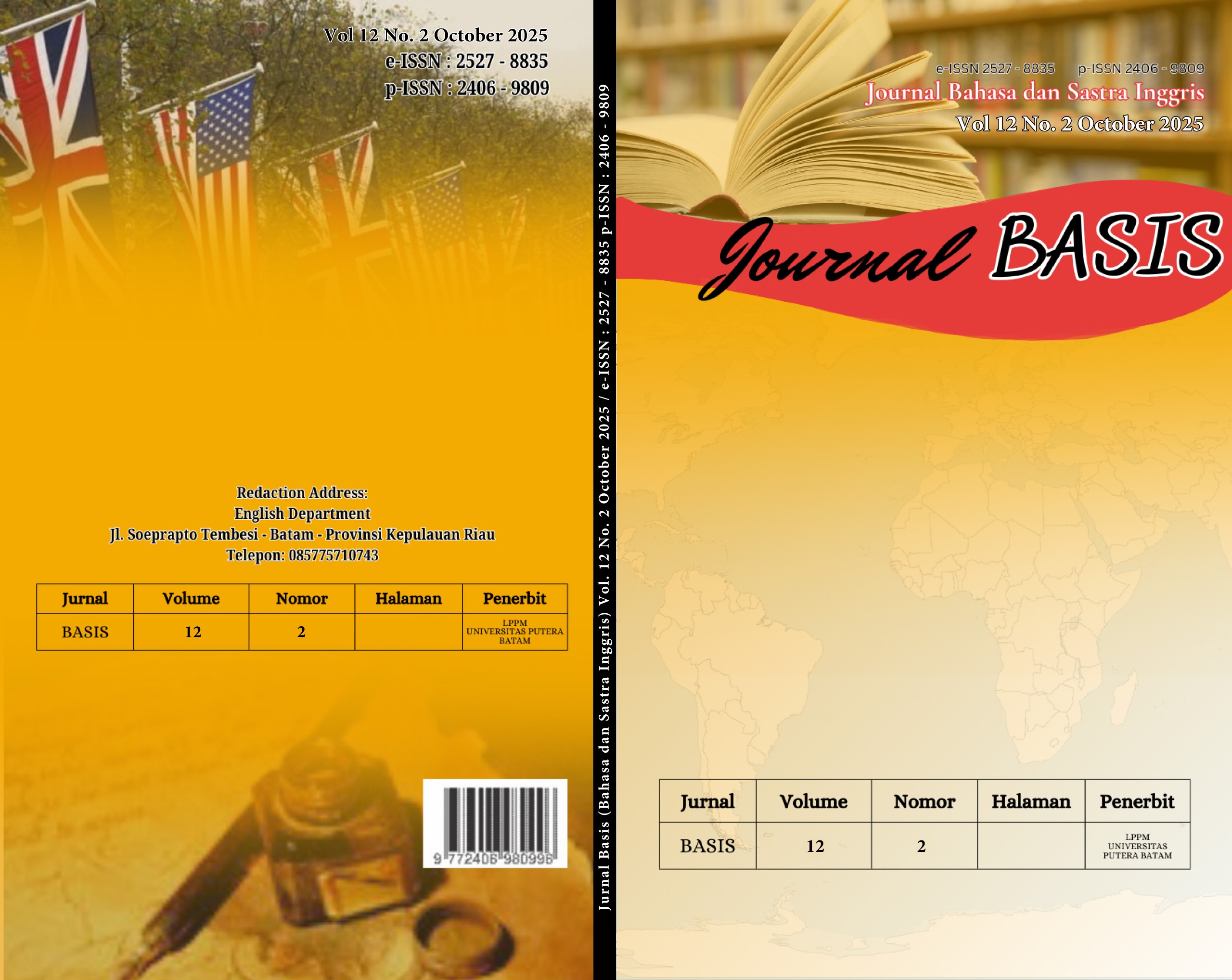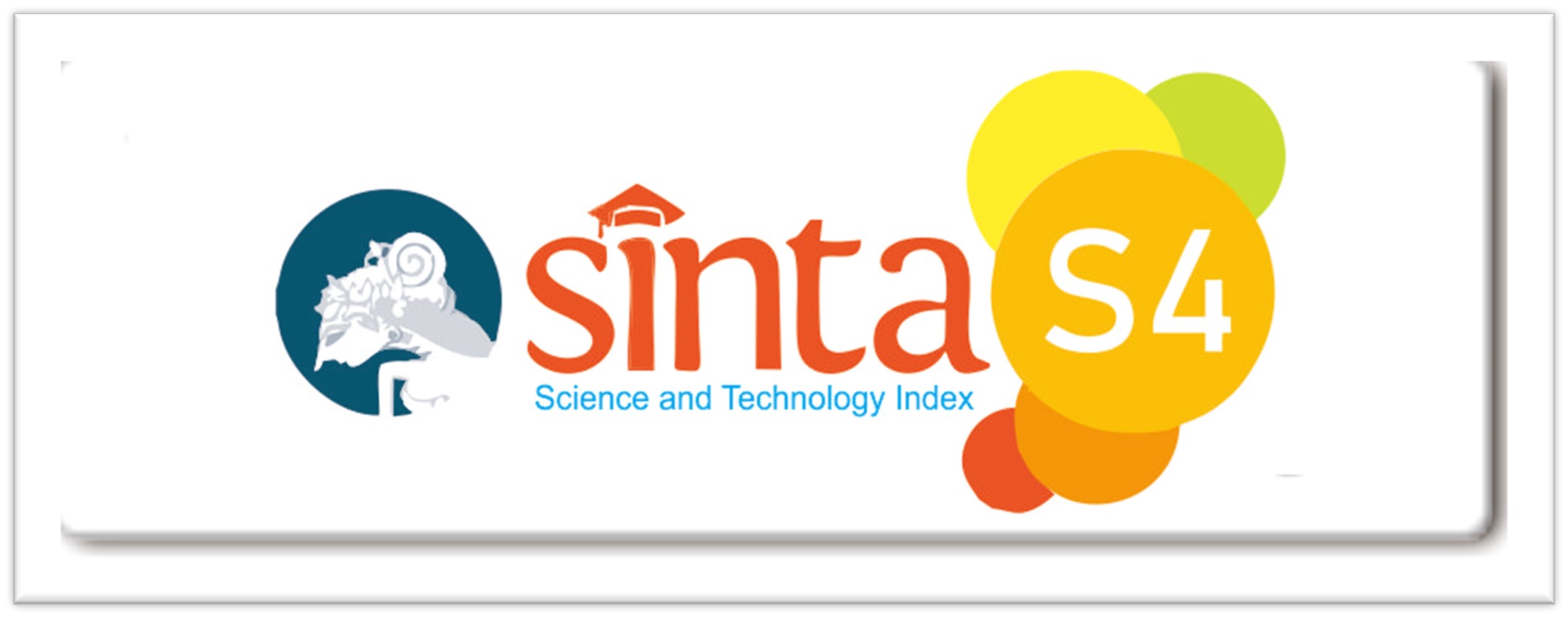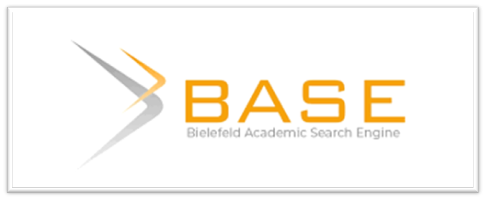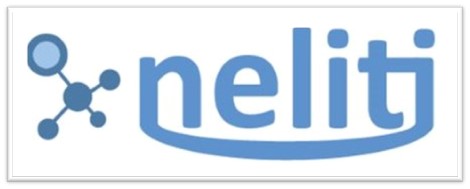SCROOGE’S MORAL LEDGER: A SEMIOTIC ANALYSIS OF ACCOUNTING IN CHARLES DICKENS’ A CHRISTMAS CAROL
DOI:
https://doi.org/10.33884/basisupb.v12i2.10097Keywords:
Semiotics, Critical Accounting, Charles Dickens, A Christmas CarolAbstract
This research examines the symbolism of accounting in Charles Dickens’ novel A Christmas Carol through the lens of Roland Barthes’ semiotic theory and critical accounting theory. The novel was selected for its rich use of economic terms, symbols, and metaphors that reflect the moral value system and capitalist structures of the 19th century. The research aims to identify accounting elements within the text, interpret their symbolic meanings, and analyze how Dickens' narrative critiques social inequality and capitalist ideology through the language of accounting. Employing a qualitative descriptive method and close reading technique, the research reveals that terms such as profit, debt, and penny, as well as symbols like chains, the banker’s book, and the ghostly figures, serve as metaphors for moral responsibility, spiritual burden, and a critique of dehumanization within the economic system. Through the integration of semiotics and critical accounting theory, the research concludes that accounting within the novel is far from neutral; it is ideologically charged, reproducing power relations and social disparity. Thus, A Christmas Carol emerges not merely as a literary text, but as a sharp reflection on social and moral practices in capitalist economies.
References
Alawattage, C., Graham, C., & Wickramasinghe, D. (2019). Micro accountability And Biopolitics: Microfinance in A Sri Lankan Village. Accounting, Organizations and Society, 72, 38–60. Https://Doi.Org/10.1016/J.Aos.2018.05.008
Andrew, J., Baker, M., & Huang, C. (2021). Data Breaches in The Age of Surveillance Capitalism: Do Disclosures Have a New Role to Play? Critical Perspectives on Accounting, 90, 102396. Https://Doi.Org/10.1016/J.Cpa.2021.102396
Ardian, D. R. (2020). Ekonomi Moral Dalam Novel Laskar Pelangi Karya Andrea Hirata [Skripsi, Universitas Negeri Surabaya]. Repository Unesa. Https://Repository.Unesa.Ac.Id
Barthes, R. (1972). Mythologies (A. Lavers, Trans.). Hill And Wang.
Barthes, R. (1977). Image, Music, Text (S. Heath, Trans.). Hill And Wang.
Brown, J., & Tregidga, H. (2017). Re-Politicizing Social and Environmental Accounting Through Rancière: On the Value of Dissensus. Accounting, Organizations and Society, 61, 1–21. Https://Doi.Org/10.1016/J.Aos.2017.08.002
Chandratreya Ph.D., Abhijit. (2025). Critical Accounting Theory and Corporate Social Responsibility: A Theoretical Exploration. International Journal of Scientific Research in Engineering and Management. 09. 1-9. Https://Doi.Org/10.55041/IJSREM41836:Contentreference[Oaicite:4]{Index=4}
Cooper, C. (2015). Accounting For the Fictitious: A Critical Perspective on Accounting, Politics and Finance. Routledge.
Cooper, C., & Coulson, A. B. (2016). Accounting For the Human Factor: Critical Reflections on Capitalism and Accounting. Critical Perspectives on Accounting, 39, 1–12. Https://Doi.Org/10.1016/J.Cpa.2015.08.004
Danesi, M. (2018). Of Cigarettes, High Heels, And Other Interesting Things: An Introduction to Semiotics (3rd Ed.). Broadview Press.
Dermawan, E. R., Irfan, A., & Ismaya, Y. (2024). Accounting For Economic Inequality: A Literature Review of Social Impact Reporting and Disclosure. Proceeding International Conference on Economic and Social Sciences, 2, 574–590. Retrieved From Https://Icess.Uin-Suska.Ac.Id/Index.Php/1/Article/View/118
Dickens, C. (1843). A Christmas Carol. Chapman & Hall.
Dillard, J., & Vinnari, E. (2019). Critical Dialogical Accountability: From Accounting-Based Accountability to Accountability-Based Accounting. Critical Perspectives on Accounting, 62, 16–38. Https://Doi.Org/10.1016/J.Cpa.2018.10.003
Foucault, M. (1980). Power/Knowledge: Selected Interviews and Other Writings, 1972–1977 (C. Gordon, Ed.). Pantheon.
Haynes, K. (2017). The Role of Accounting in Creating, Perpetuating, And Overcoming Inequalities: Going Beyond Discipline, Borders, And Stasis Towards Accounting as Activism. Gender, Work & Organization, 24(6), 1–15. Https://Doi.Org/10.1111/Gwao.13191
Jack, L., & Kholeif, A. (2019). Accounting And Alienation: A Social Theory Perspective. Accounting, Organizations and Society, 73, 30–43. Https://Doi.Org/10.1016/J.Aos.2018.10.003
Laine, M., Tregidga, H., & Unerman, J. (2021). Sustainability Accounting and Accountability (3rd Ed.). Routledge.
Merry, S. E. (2016). The Seductions of Quantification: Measuring Human Rights, Gender Violence, And Sex Trafficking. University Of Chicago Press.
Miles, M. B., Huberman, A. M., & Saldaña, J. (2019). Qualitative Data Analysis: Sourcebook Methods (4th Ed.). SAGE Publications.
Modell, S. (2015). Theoretical Triangulation and Pluralism in Accounting Research: A Critical Realist Critique. Accounting, Auditing & Accountability Journal, 28(6), 978–986. Https://Doi.Org/10.1108/AAAJ-09-2014-1820
Neu, D., Warsame, H., & Pedwell, K. (2015). Critical Accounting Research: Reflections On Developments, Issues and Future Agendas. Critical Perspectives on Accounting, 34, 1-15. Https://Doi.Org/10.1016/J.Cpa.2015.02.001
Nurhidayah, D. (2017). Makna Simbolik Dalam Novel Negeri 5 Menara Karya Ahmad Fuadi: Kajian Semiotika Roland Barthes [Skripsi, Universitas Islam Negeri Syarif Hidayatullah Jakarta]. Http://Repository.Uinjkt.Ac.Id/
Quattrone, P. (2016). Governing Social Order: Towards A Research Agenda on The Performativity of Accounting. Accounting, Organizations and Society, 47, 47-59. Https://Doi.Org/10.1016/J.Aos.2015.10.001
Rogers, J., & Walker, S. P. (2016). The Social Life of Debt: Narratives and Accountability in Credit Relations. Critical Perspectives on Accounting, 35, 20–37. Https://Doi.Org/10.1016/J.Cpa.2015.06.004
Roslender, R., & Stevenson, L. (2020). Accounting For the Moral Economy: Social Accounting and Critical Realism. Journal Of Critical Realism, 19(2), 131–150. Https://Doi.Org/10.1080/14767430.2020.1758474
Saldaña, J., & Omasta, M. (2021). Qualitative Research: Analyzing Life. SAGE Publications.
Sikka, P. (2015). Illusions Of Accountability: Corporate Social Responsibility and The Struggle for Democracy. Critical Perspectives on Accounting, 33, 53-64. Https://Doi.Org/10.1016/J.Cpa.2015.03.004
Tiron-Tudor, A. (2021). Accounting And Power: Critical Perspectives and Social Theory. Journal Of Accounting & Organizational Change, 17(1), 2-21. Https://Doi.Org/10.1108/JAOC-05-2020-0066
Tweedie, D., & Hazelton, J. (2015). Social Accounting for Inequality: Applying Piketty's Capital in The Twenty-First Century. Social And Environmental Accountability Journal, 35(2), 113–122. Https://Doi.Org/10.1080/0969160X.2015.1062788
Unerman, J., Bebbington, J., & O’Dwyer, B. (2018). Sustainability Accounting and Accountability (2nd Ed.). Routledge.
Van Leeuwen, T. (2015). Introducing Social Semiotics (2nd Ed.). Routledge.
Williams, R. (1977). Marxism And Literature. Oxford University Press.
Yuliawati, L. (2022). Pemaknaan Simbol-Simbol Ekonomi Dalam Novel Cantik Itu Luka Karya Eka Kurniawan [Skripsi, Universitas Pendidikan Indonesia]. Https://Repository.Upi.Edu/













 JURNAL BASIS (BAHASA DAN SASTRA INGGRIS)
JURNAL BASIS (BAHASA DAN SASTRA INGGRIS)
